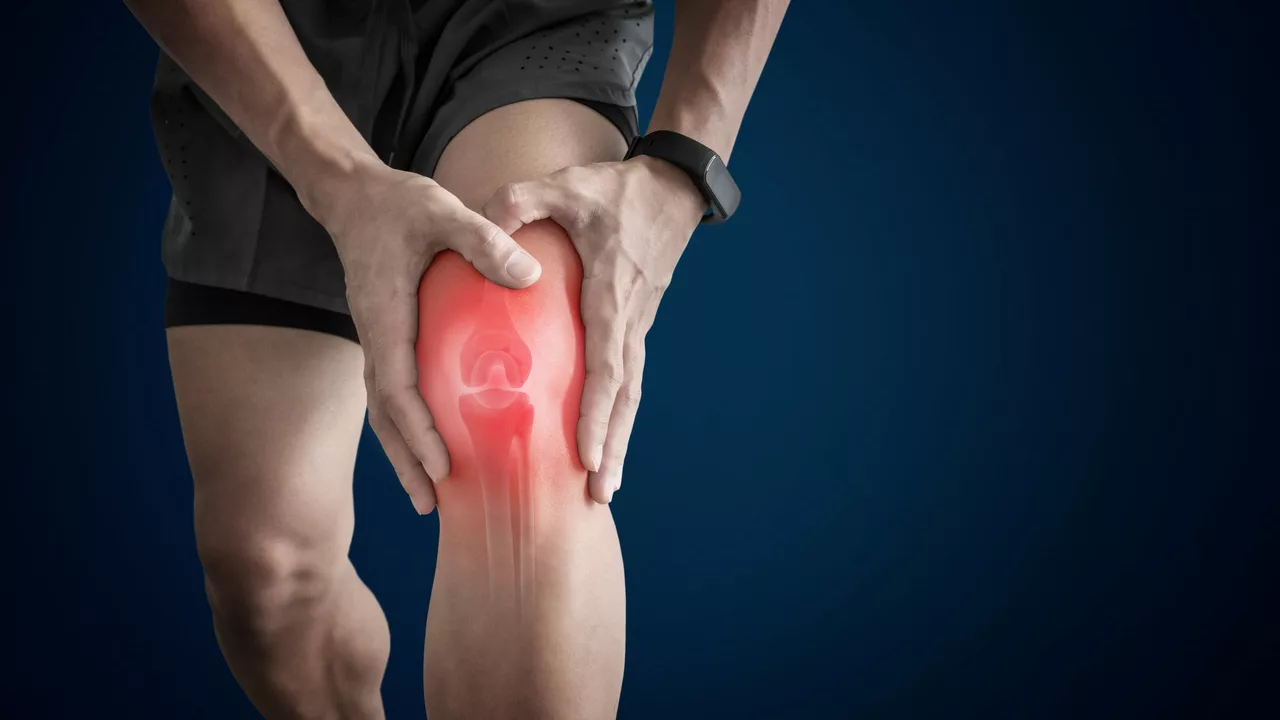Joint Damage Prevention: Simple, Practical Steps to Protect Your Joints
Joint damage often starts long before you feel real pain. That means what you do today — how you move, what you eat, even your shoes — matters. Here are clear, practical steps you can use now to lower your risk of cartilage wear, persistent pain, and loss of function.
Daily habits that protect joints
Keep a healthy weight. Every extra pound adds strain to your knees, hips, and lower back. Losing even a few kilos reduces load and slows wear. You don’t need extreme diets — steady, small changes work.
Move regularly. Sitting all day weakens muscles that stabilize joints. Aim for short walks, standing breaks, and gentle movement every hour. Low-impact cardio like walking, cycling, or swimming keeps joints moving without pounding them.
Mind posture and ergonomics. At a desk, keep knees at a right angle, feet flat, and monitor at eye level. Lift with your hips and legs, not your back. Use a chair with good support and avoid twisting while lifting heavy items.
Choose supportive shoes. Flat, cushioned shoes with a stable heel reduce joint shock. Replace worn-out footwear — shoe cushioning breaks down and may stress hips and knees.
Eat for joint health. Focus on whole foods: plenty of vegetables, lean protein, and healthy fats (like oily fish or walnuts). Omega-3 fats reduce inflammation for some people. Stay hydrated — joint tissues need water to stay resilient.
Exercise, recovery, and medical steps
Build strength around the joint. Strong muscles absorb impact and stabilize joints. Two to three strength sessions a week targeting quads, glutes, core and hip muscles helps knees and hips the most.
Keep flexibility and balance. Daily stretches and balance exercises cut fall risk and keep joints moving through their full range. Try simple moves like calf and hamstring stretches, and single-leg stands.
Warm up and cool down. Brief warm-ups raise blood flow and lower injury risk. After activity, do gentle stretches to ease stiffness.
Manage injuries quickly. A sprain or cartilage injury needs early attention. Rest, ice, compression and elevation help at first, but persistent swelling, catching, or instability should be checked by a clinician or physiotherapist.
Think about supplements and meds carefully. Some people find glucosamine, omega-3s, or vitamin D helpful; results vary. Over-the-counter pain relievers can ease symptoms short-term, but don’t rely on them to mask ongoing damage. Talk to a doctor before starting supplements or long-term NSAIDs.
When to see a doctor? Book an appointment if you have steady joint swelling, redness, severe pain, fever, or loss of function. Early treatment matters, especially for inflammatory conditions like rheumatoid arthritis where medicine can change the course of disease.
Small, consistent steps make a big difference. Move more, lift smart, eat well, and get help early when something feels wrong. Your joints will thank you later.
The Role of Sulfasalazine in Preventing Joint Damage
In my recent research, I delved into the role of Sulfasalazine, a common drug used in preventing joint damage. Sulfasalazine works by reducing inflammation and swelling in joints, thereby slowing down the progression of diseases like rheumatoid arthritis. The drug's effectiveness in managing joint damage is significant, especially for those suffering from chronic joint conditions. However, while it's generally well-tolerated, it does come with side effects that patients should be aware of. In a nutshell, Sulfasalazine plays a crucial role in managing and preventing joint damage, offering hope for many experiencing debilitating joint conditions.
© 2025. All rights reserved.

